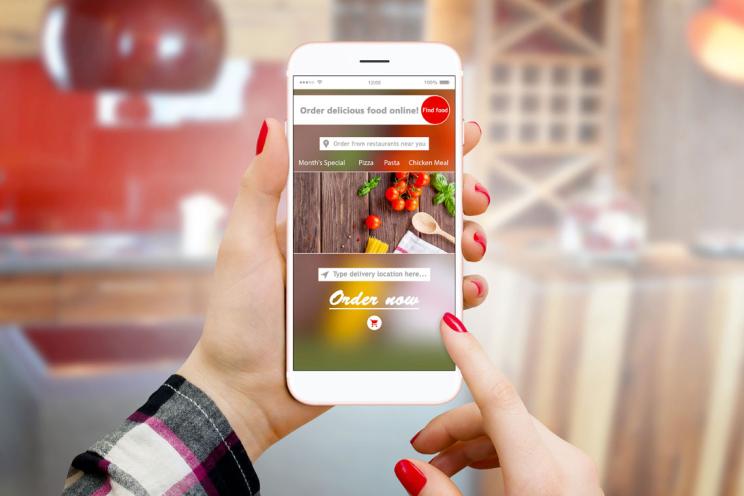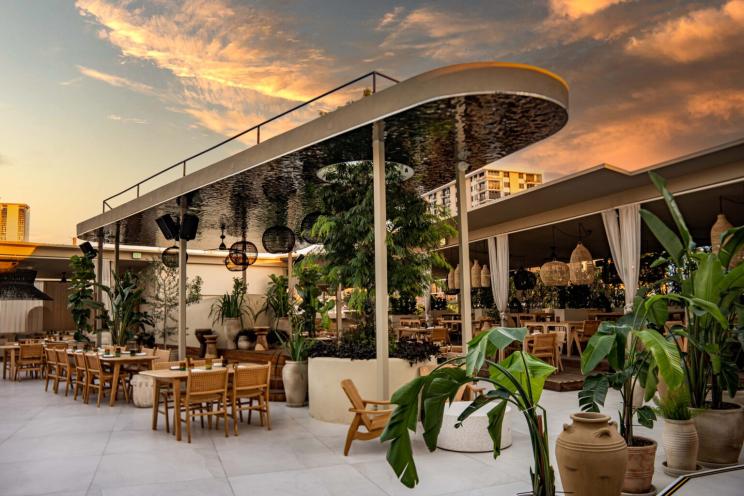
How are Smart POS Systems Redefining Table Management and Enhancing Guest Experiences?
Managing a restaurant is no small feat whether during the holidays or during peak hours of the week like weekends and birthday gatherings and events. From coordinating reservations to ensuring prompt service, every detail matters in creating an exceptional dining experience.
Smart Point-of-Sale (POS) systems are becoming indispensable tools for restaurants looking to streamline operations and elevate guest satisfaction. Here’s how modern POS technology is transforming table management and guest experiences.
How are Smart POS Systems changing the Table Management concept and Enhancing Guest Experience in Restaurants?
Optimizing Table Reservations
Gone are the days of juggling handwritten reservation books. Smart POS systems offer integrated reservation management features that:
- Real-Time Availability: Provide an accurate view of table availability, reducing the chances of double bookings.
- Online Reservations: Enable customers to book tables directly from your website or app.
- Waitlist Management: Notify guests via SMS when their table is ready, improving the waiting experience.
Consider a scenario where your popular restaurant adopts a POS system with these capabilities. You’ll observe a reduction in reservation errors in addition to enhancing customer service especially since tech-savvy diners prefer digital solutions for their ease and convenience.
Enhancing Table-Side Service
POS systems with mobile capabilities empower servers to take orders directly at the table. This not only speeds up the ordering process but also reduces errors. Key benefits include:
- Faster Turnaround: Orders go straight to the kitchen, minimizing delays. For instance, restaurants implementing mobile POS systems have reported faster table turnover rates and higher customer satisfaction due to the fact that technology-enabled ordering is becoming more popular with different generations.
- Upselling Opportunities: Provide servers with prompts for upselling items like appetizers, desserts, or beverages leading to an increase in average check size after deploying a POS system with upsell suggestions.
- Split Billing Made Simple: Easily divide bills by item or guest, ensuring a hassle-free checkout.
Smart Seating Arrangements
Efficient table management is critical during peak hours. POS systems can help optimize seating arrangements by:
- Tracking Table Status: Know which tables are occupied, available, or soon to be vacated in real-time.
- Maximizing Capacity: Seat parties strategically to accommodate more guests without overcrowding.
- Customer Preferences: Record guest preferences, such as favorite seating areas or dietary requirements, for personalized service.
With this technology, you can increase seating efficiency leading to a boost in overall revenue.
Leveraging Data for Better Decision-Making
POS systems collect valuable data that can help restaurant owners make informed decisions. For example:
- Peak Hour Trends: Identify the busiest times and adjust staffing levels accordingly. You can use your POS data to find your highest demand in specific times or periods by checking your historical data, leading you to adjust your staffing schedule and reduce customer wait times while saving costs and avoiding over-staffing during slow times.
- Menu Performance: Analyze which dishes are most popular to optimize the menu. If 30% of orders are for a specific dish, restaurants can focus marketing efforts or even create spin-off variations. The same thing goes for slow-moving items that don’t seem to be selling where you can discontinue them or reintroduce them with a twist and maybe a different name.
- Customer Insights: Use guest data to create targeted promotions or loyalty rewards. For example, as a family-oriented diner, you can implement a loyalty program through your POS system that will result in an increase in repeat visits and loyal customers with minimal effort.
Enhancing the Overall Guest Experience
When guests enjoy a seamless dining experience, they’re more likely to return. POS systems contribute to this by:
- Reducing Wait Times: Efficient table management ensures guests are seated promptly.
- Personalized Service: Use customer data to greet returning guests by name or remember their favorite orders. Regardless of the concept of your restaurant, you will notice an increase in customer satisfaction after using your POS system for personalized greetings.
- Integrated Feedback Systems: Allow customers to provide feedback directly through the POS system, enabling real-time improvements like FlexSurv.
Beyond the Basics: Integrations and Future Possibilities
Modern POS systems also integrate with other tools like inventory management software and marketing platforms. For example:
- Inventory Integration: Automatically adjust inventory levels based on sales. This feature can reduce food waste and the costs of your goods.
- Marketing Synergy: Connect POS data to email campaigns, offering tailored discounts. From a bakery chain to the fanciest restaurant, use your POS data to identify your frequent guests and their orders, send them targeted offers, and increase your sales.
As technology advances, AI-driven POS systems could further enhance operational efficiency. Imagine a system that predicts peak hours or suggests staffing changes based on historical data. It’s a game-changer for the hospitality sector.
In the fast-paced world of restaurants, leveraging smart POS systems can make all the difference. From optimizing table reservations to enhancing the guest experience, use the right technology to streamline operations and foster customer loyalty. With benefits like increased efficiency, data-driven insights, and seamless integrations, POS systems are not just tools but transformative partners in your restaurant’s success.





